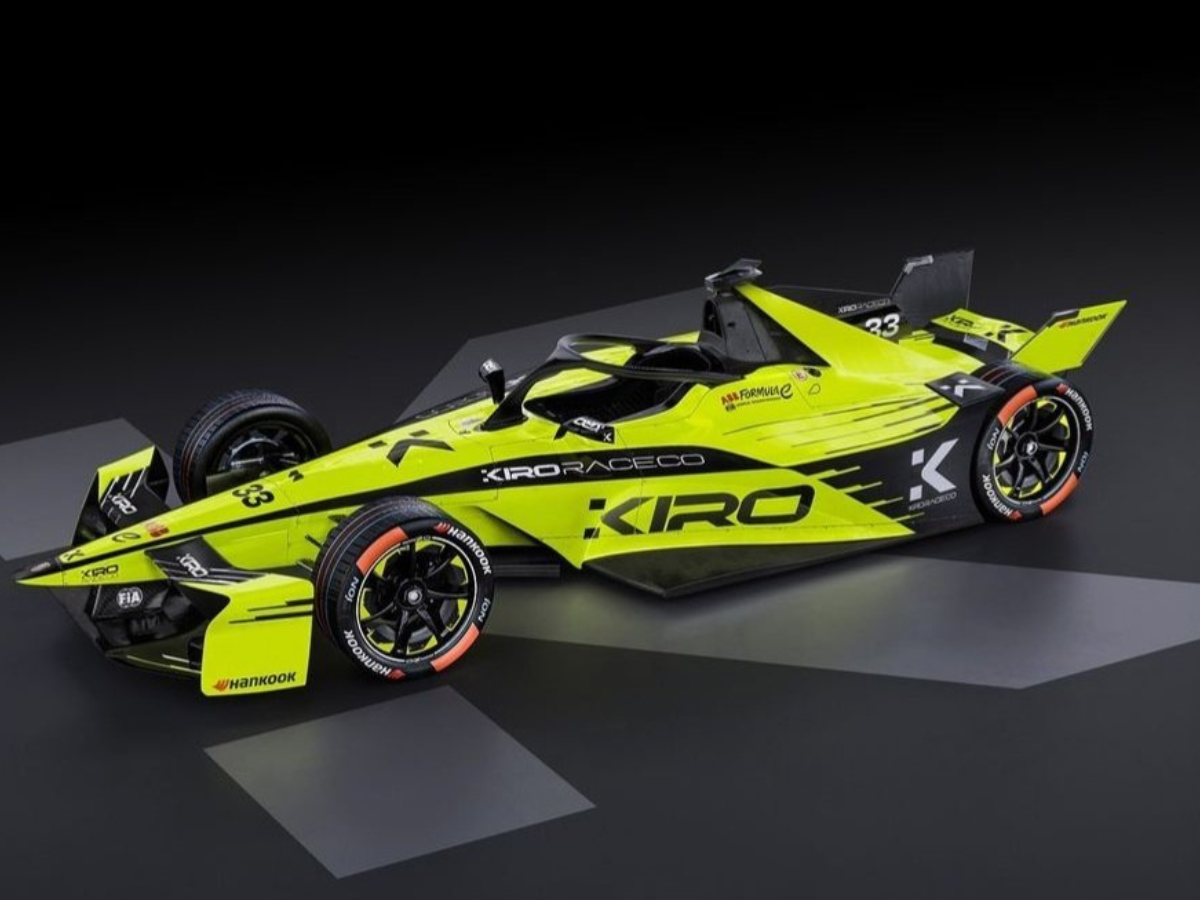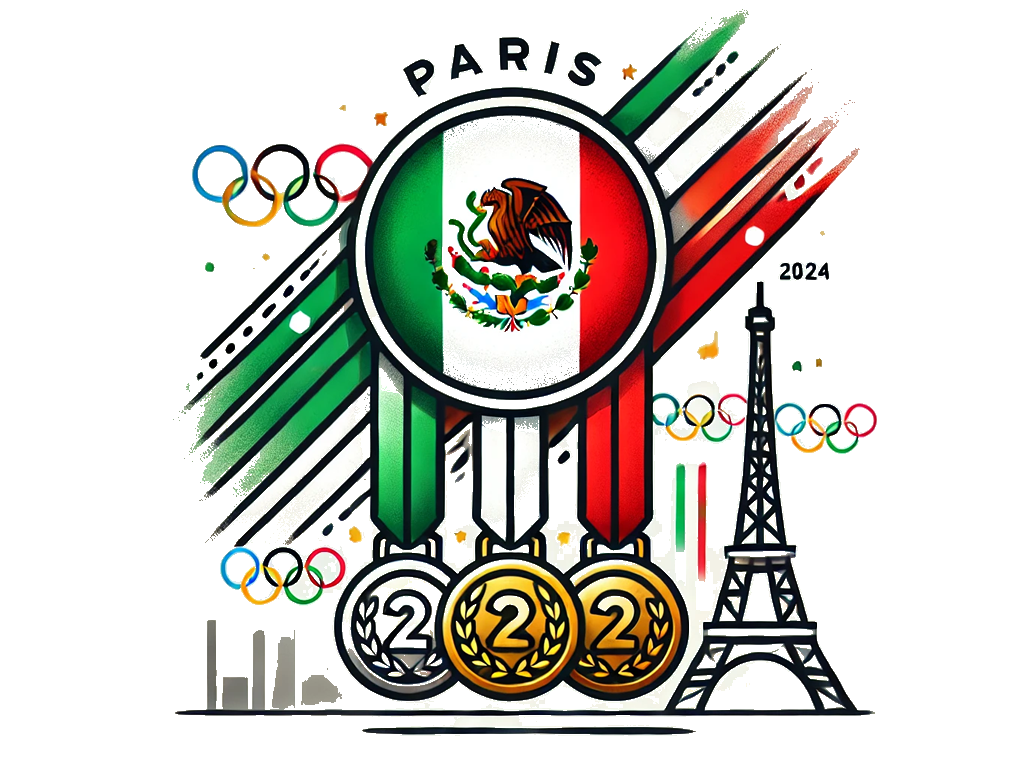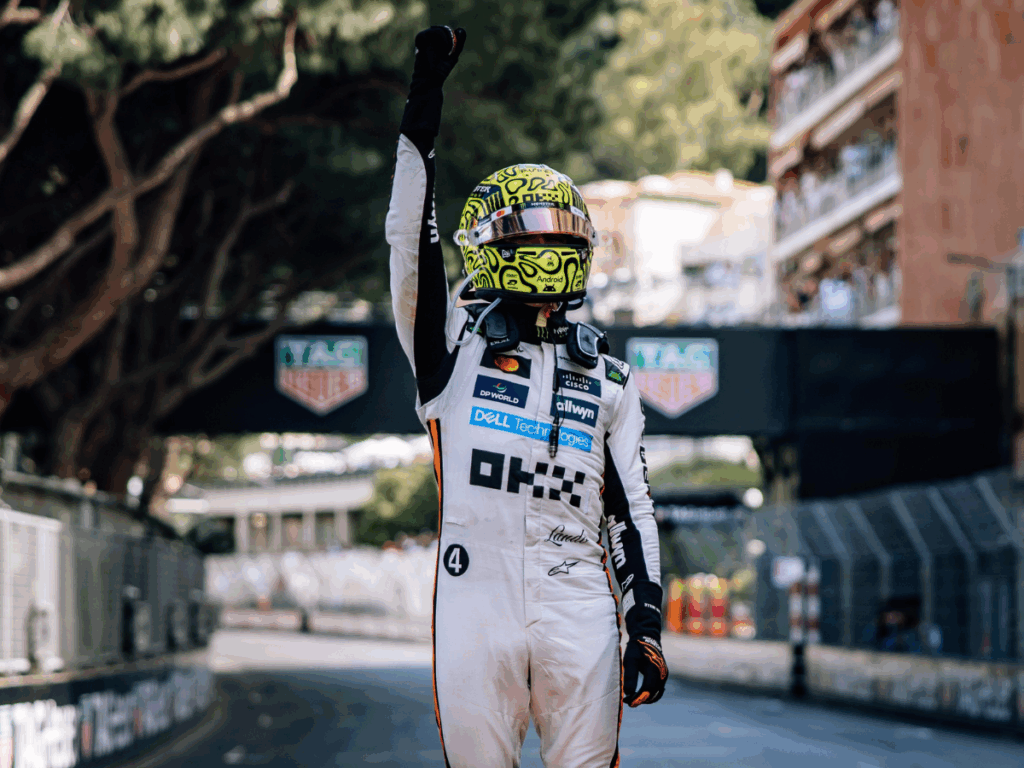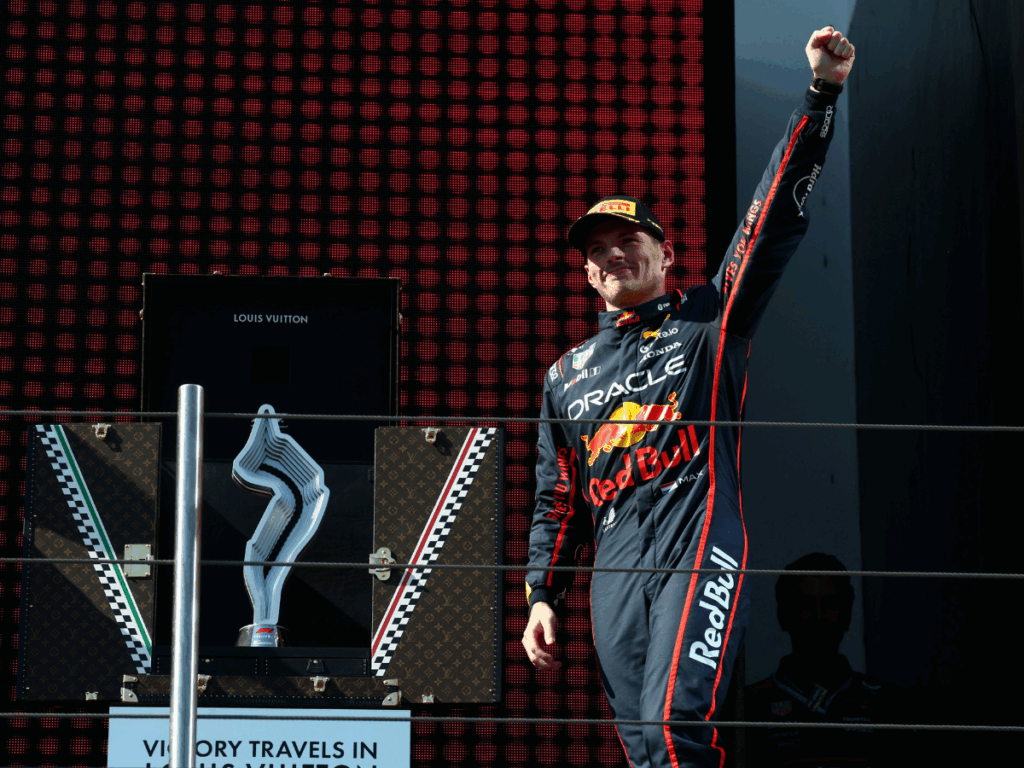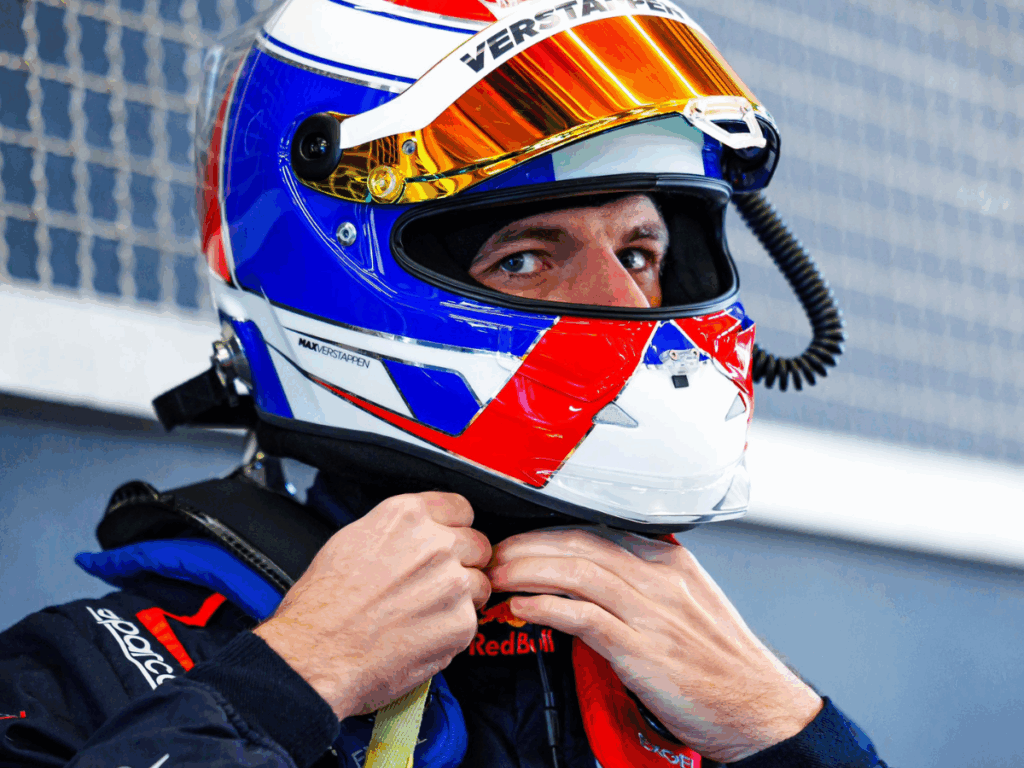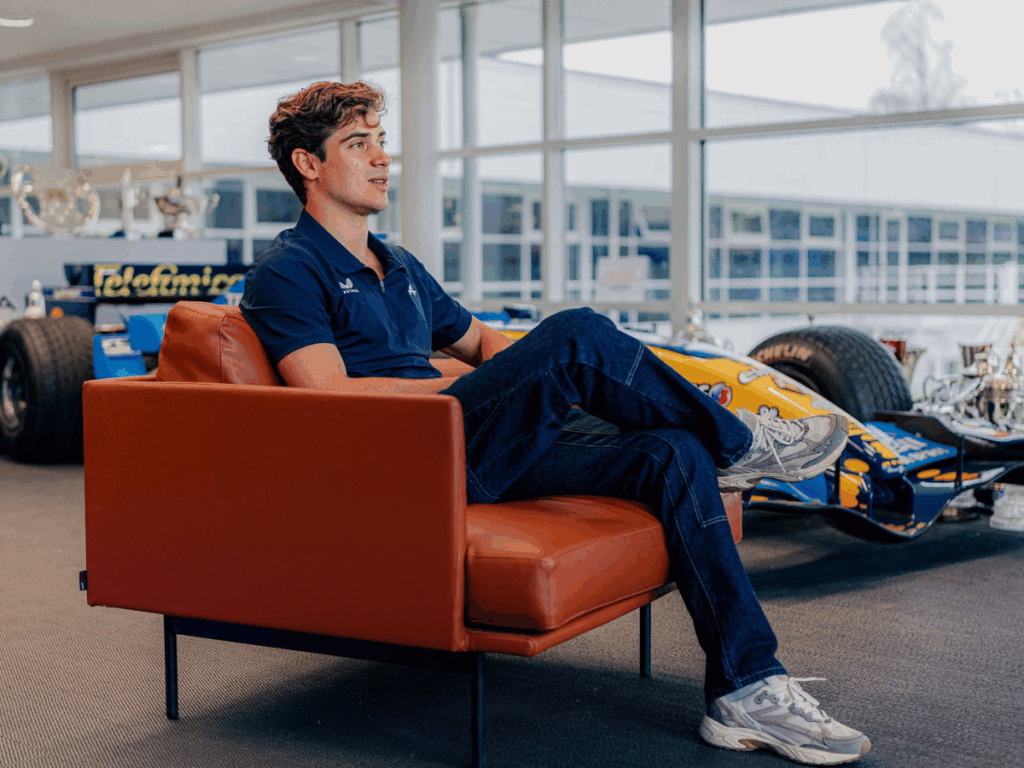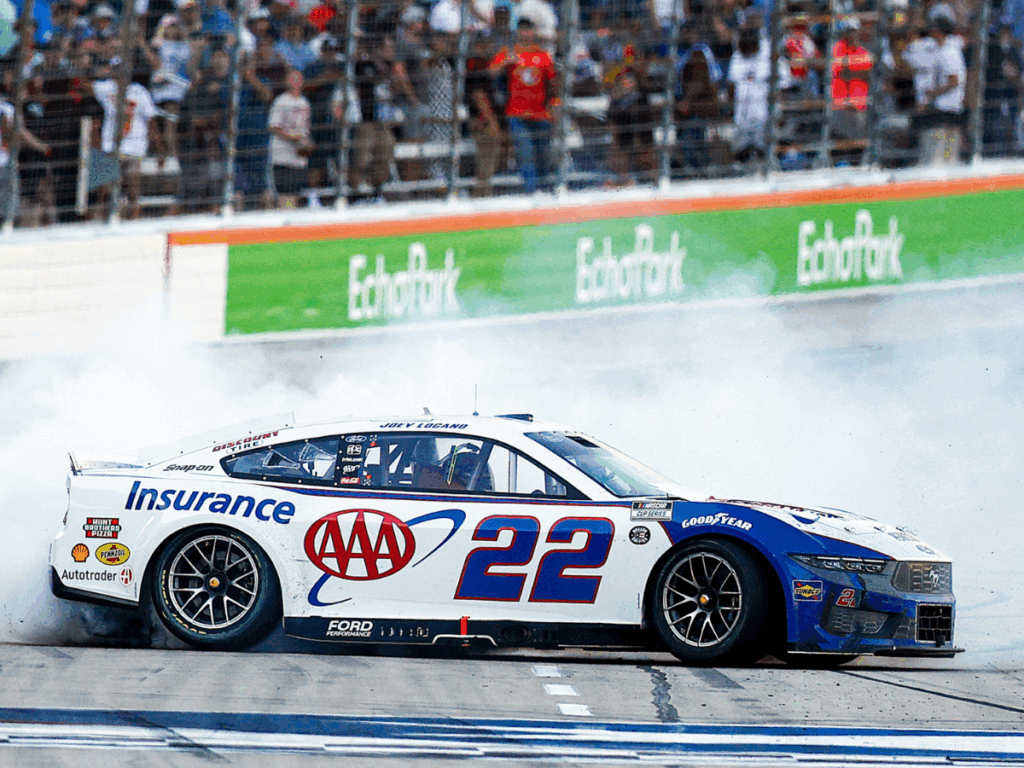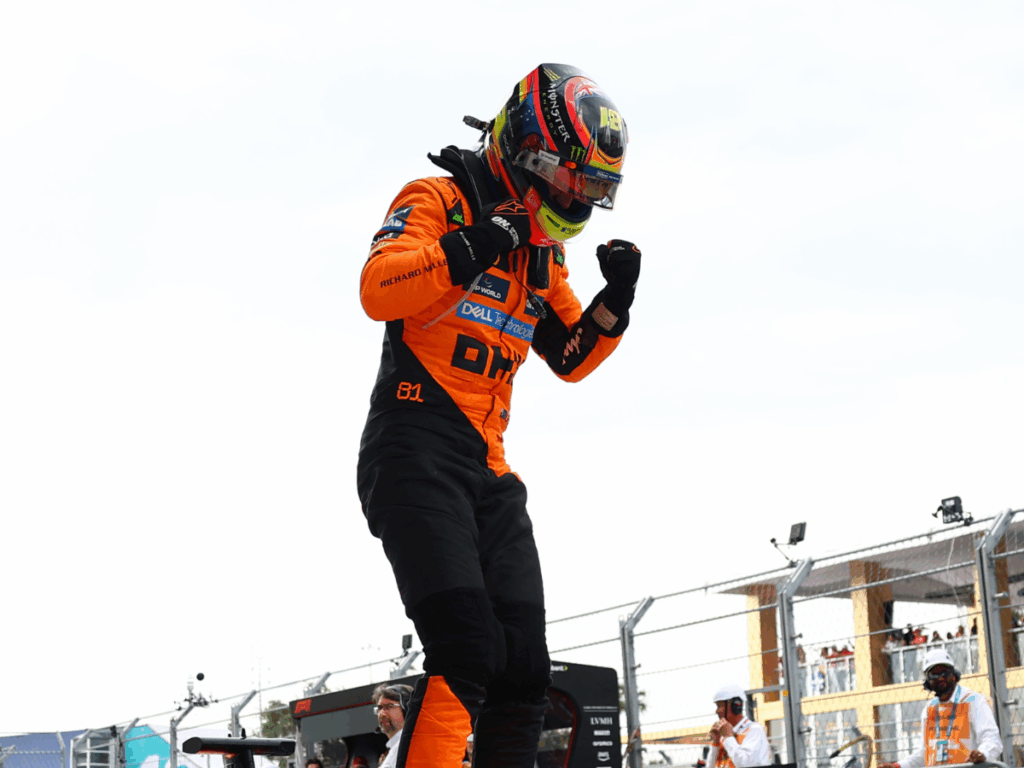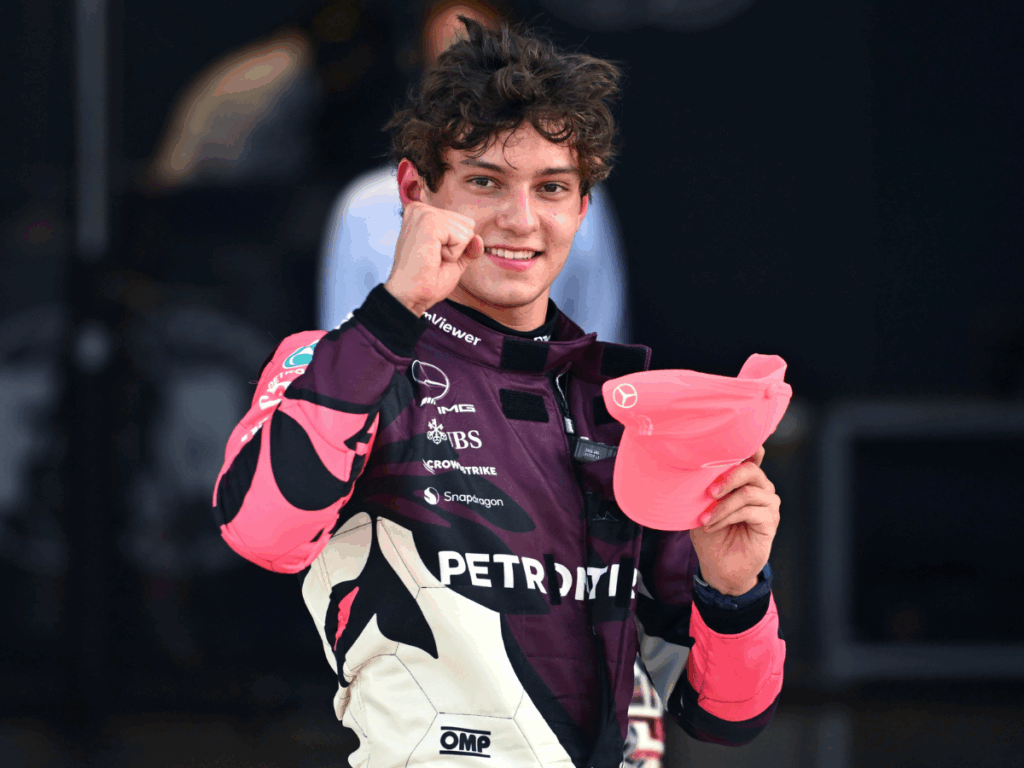Since its inception in 1950, Formula 1 has been synonymous with innovation, achievement, and spectacle. 🏁✨ Over the decades, the category has evolved from rudimentary single-seaters to cutting-edge hybrid machines. ⚙️⚡ However, delving deeper into this history reveals that not everything is as glamorous as it seems. 🤔🏎️
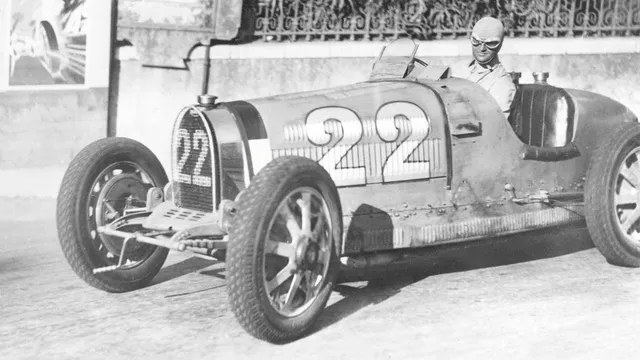
THE EARLY YEARS: ROMANTIC CHAOS 🕰️🏁
The Silverstone circuit hosted the first-ever F1 Grand Prix. 🌍✨ Iconic figures like Giuseppe Farina and Juan Manuel Fangio shone, but behind the nostalgia lay chaos. 😵 Teams experimented without clear limits, with cars ranging from brilliant designs to outright mechanical disasters. 🚗💥 Technical freedom spurred creativity but also exposed drivers to extreme dangers. ⚠️💨
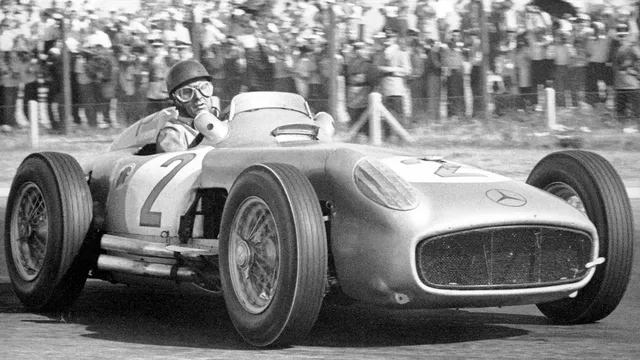
LOTUS AND THE 60s: INNOVATION OR UNNECESSARY RISK? 🛠️🏎️
Visionary Colin Chapman changed the game with the monocoque chassis. 🧩🚀 However, his obsession with lightweight designs compromised safety. 🧗♂️❌ Lotus drivers were known for their bravery but also for the high risks they faced. 🏁😰 While we celebrate technical advancements, we cannot forget the tragedies that marked this era. 😔🌑
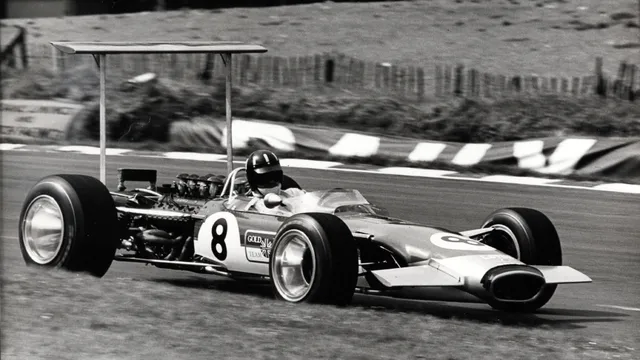
THE 70s AND 80s: TECHNOLOGY PUSHED TO THE LIMIT, ETHICS LEFT BEHIND 💨⚙️
The 1970s and 1980s were packed with adrenaline, thanks to turbo engines and ground effect technology. 🚀🔥 While impressive, these advancements brought extreme danger. 🚧⚠️ Cars often exceeded 1,000 horsepower, making them nearly uncontrollable. 💥 Banning certain technologies came too late, a reactive rather than preventive measure. 🤷♂️ Was all the risk worth it? 🤔
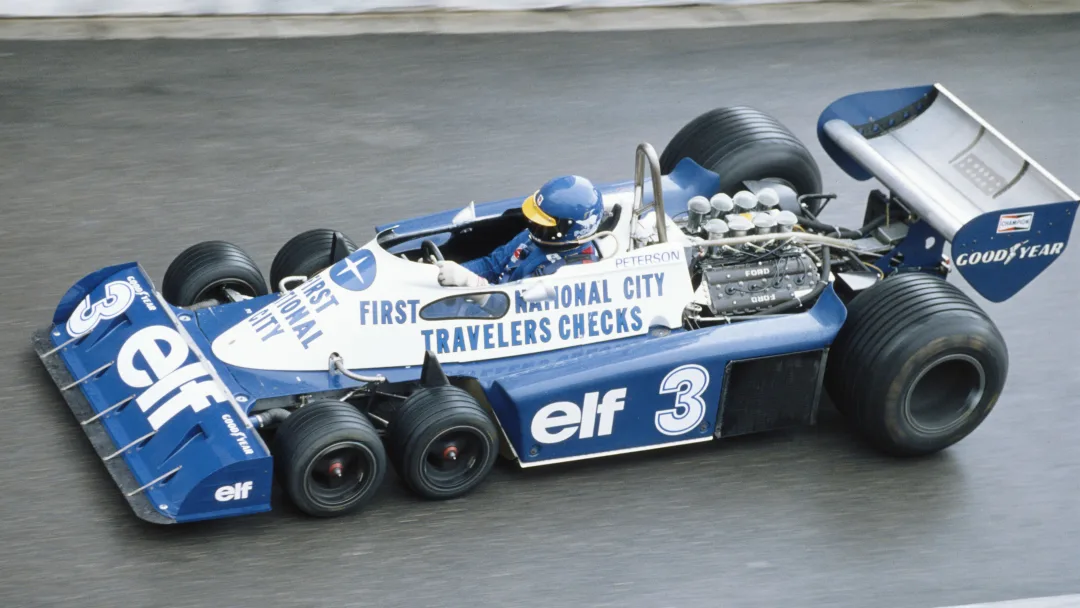
ICONIC CARS: BETWEEN BRILLIANCE AND ABSURDITY 🎨🏎️
The Tyrrell P34 with six wheels perfectly illustrates the fine line between brilliance and absurdity. 🤡🔧 While some designs offered competitive advantages, others seemed more like publicity stunts than real advancements. 🎭 Nevertheless, every car left an indelible mark on F1 history. 🏁✨

MODERN FORMULA 1: TOO TECHNOLOGICAL? 🤖⚡
Today, single-seaters are true masterpieces of engineering. 🔬🚗 But this sophistication has brought complexity and high costs. 💸⚙️ The transition to hybrid engines has been environmentally positive, 🌱🌍 but it has alienated fans who miss the roar of V10 and V12 engines. 🔊🔥 Furthermore, strict regulations have limited team creativity, resulting in a more homogeneous and less thrilling category. 😒🏎️
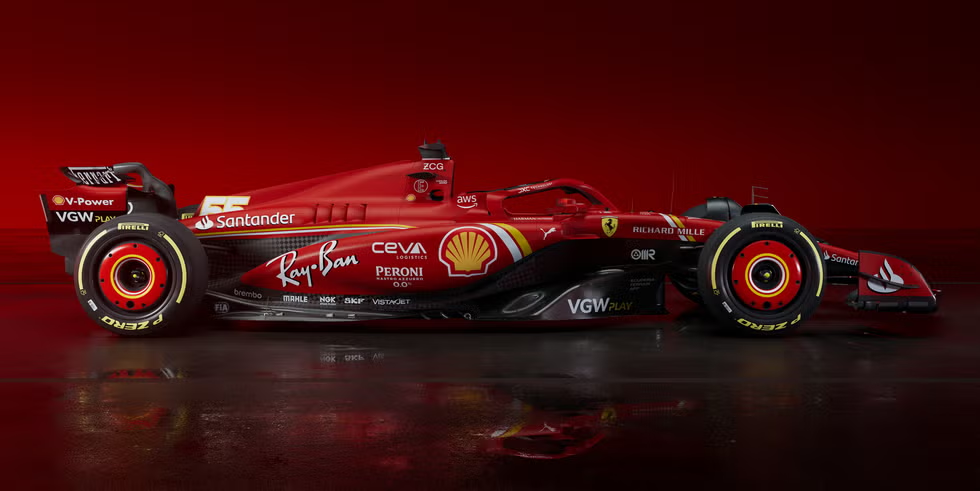
FINAL REFLECTION: BETWEEN GLORY AND CRITICISM 🤔🏆
Formula 1 has come a long way since its early days, 🌟 but its evolution hasn’t been free of criticism. ⚖️ We admire technological advancements and improved safety, yet we cannot ignore the ethical dilemmas and challenges that have emerged. 🛑 Every race pays homage to its history, but the challenge is to retain its essence without losing the excitement. 💥🏁
Will F1 find the balance between innovation, excitement, and accessibility in the future? 🤷♂️⏳ Only time will tell! 🚀🌟
